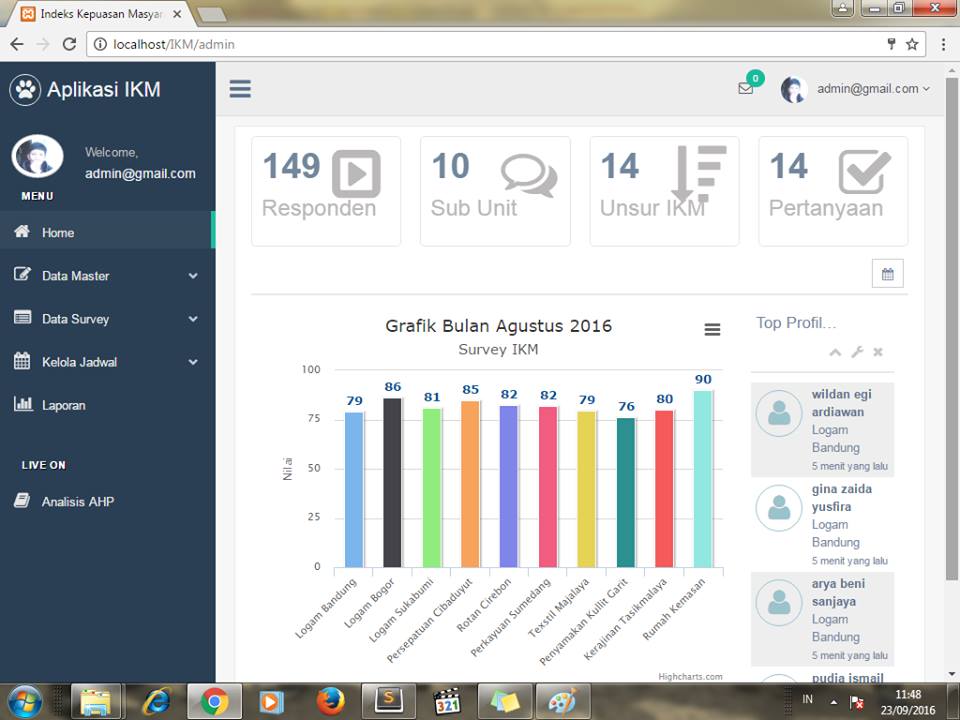
However, after that, various types of classification tools would be high on my wish list, and those are things that I think would be much easier to have as commercial addons.
Estimate surface normals using adjacency data from structured scans.īoth of those features are probably best integrated in to the open source core. In particular, being able to losslessly round-trip a structured scan originating from an e57 file through a PDAL pipeline would be very useful. Open source core might be a different business model, but that doesn't mean there aren't ways for people to get paid for the valuable effort they put in.įrom a production standpoint the two additions to PDAL that would have the most immediate value to me would be: Personally, I'd be more than happy to buy a point cloud workbench, built in the same mold, as long as it remains open enough that I can easily extend it and use it as a platform to build on top of. To a certain extent, the same could even be said for ESRI's ArcGIS. Although a proprietary application, it is built on top of, and benefits from, a whole host of open source libraries. I'll also point toward Houdini, the other software I mentioned in the last thread. It's also worth noting that most of PDAL's development is done by a for-profit company. PDAL is still relatively young, so off hand I don't know of any examples of people doing that publicly, but I'm sure it's happening at a consulting level. 
These might be things like custom format readers, specialized exploitation algorithms, or entire processing pipelines.

PDAL allows application developers to provide proprietary extensions that act as stages in processing pipelines.






 0 kommentar(er)
0 kommentar(er)
